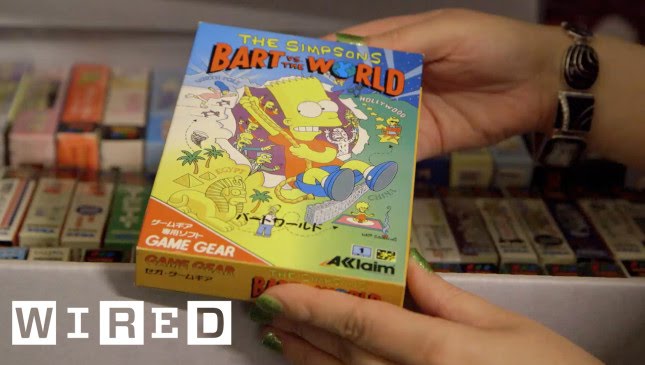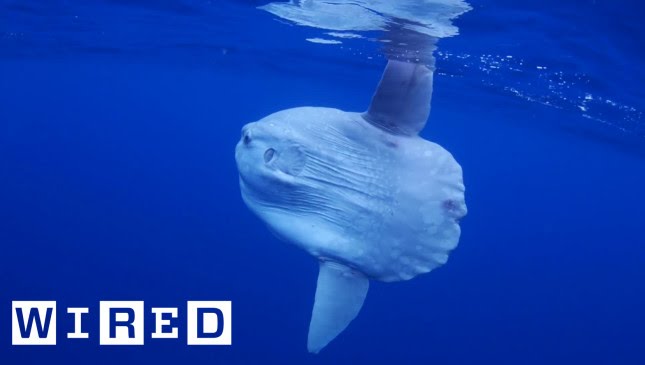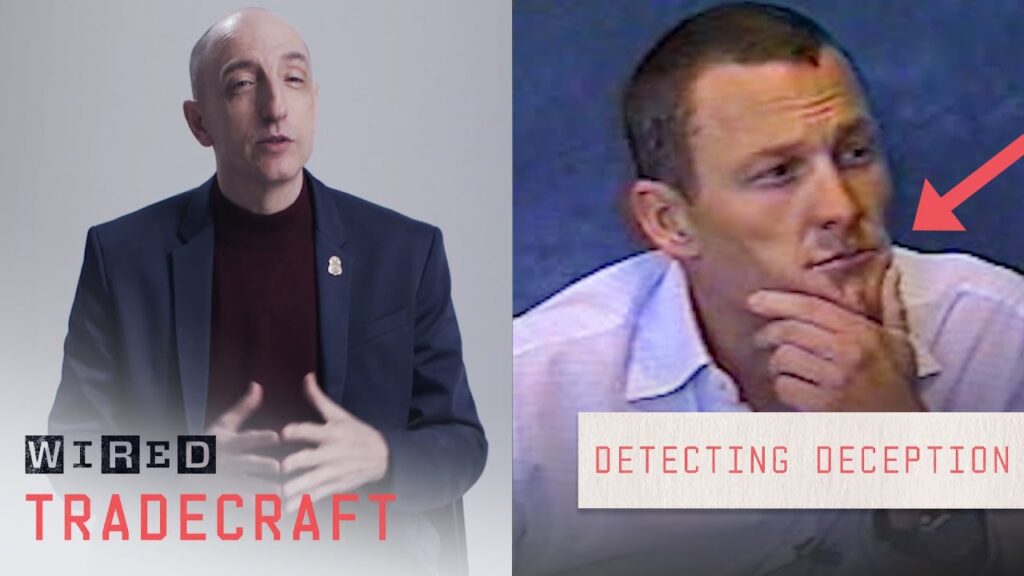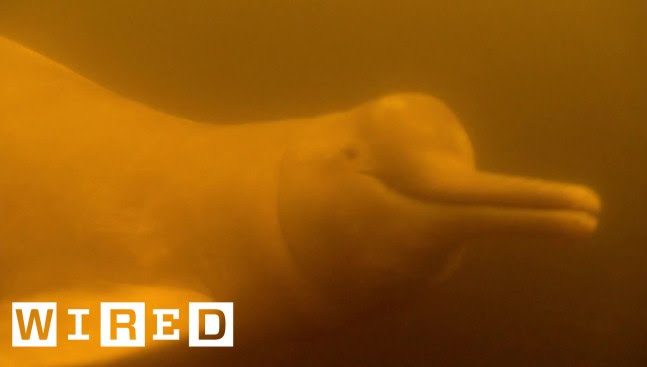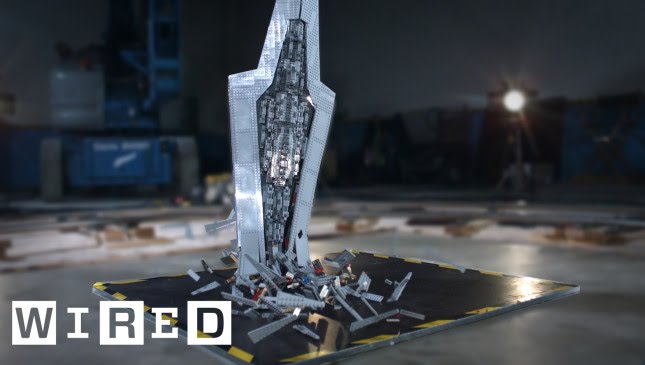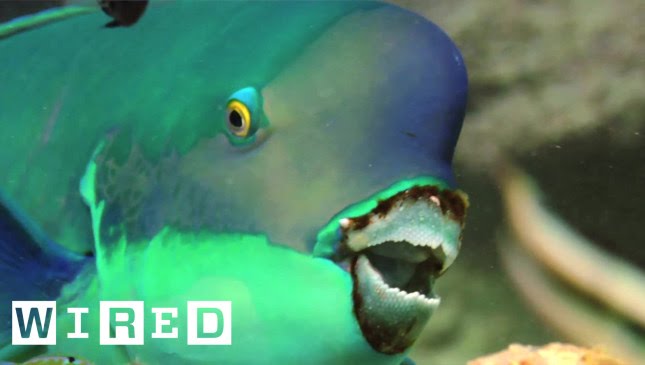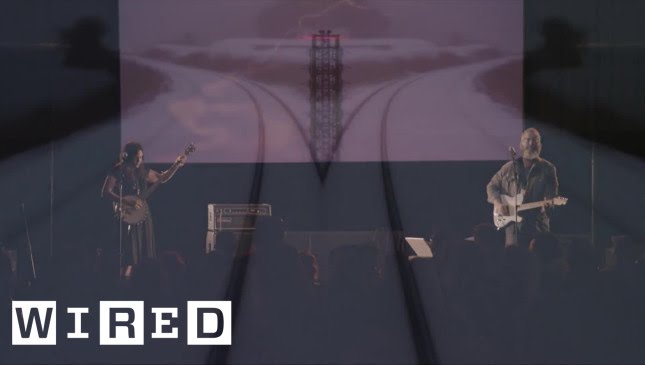Unveiling the Secrets Behind the Invisibility of Pete’s Dragon
Summary
Invisibility in visual effects (VFX) has always been a challenging art that requires exceptional skill, creativity, and technical expertise. When director David Lowery’s Pete’s Dragon came to New Zealand, the VFX team at Weta Digital faced a daunting task of creating the furry vanishing dragon, Elliot. The complexity of the project was even more challenging because Elliot’s invisibility changed depending on the emotion of the scene, which required a dynamic approach. In this Q&A session, we will delve into some of the approaches, techniques, and innovations employed by the Weta team to achieve the invisibility effect of Elliot.
Table of Contents
- Elliot’s unique invisibility effect
- Challenges of the invisibility effect
- How the VFX team achieved the camouflage effect
- Innovations in Elliot’s fur simulation
- Creating invisible Elliot at the end of the film
- Eric Sandin’s acting role on set
- Conclusion
Elliot’s Unique Invisibility Effect
The invisibility of Elliot in Pete’s Dragon is unique because it changes depending on the emotion of the scene. Sometimes Elliot appears to have the texture of the background, while at other times, he is entirely invisible, and we can see through him to the forest beyond. Additionally, the camouflage effect used on Elliot had to be very dynamic because, at times, he was effectively camouflaged, while at other times, he was actually visible. This effect presented challenges to the VFX team, and they had to be creative to make it work throughout the film.
Challenges of the Invisibility Effect
The invisibility effect was complex and required exceptional technical expertise and creativity to accomplish. Unlike the camouflage effect used earlier in the film, creating an invisible giant creature was challenging because they had to make it possible to read where Elliot was at any given time. To solve this problem, the VFX team added particles and flock to the air, which disturbed the still forest air and provided a simple and elegant solution that the director needed, without introducing anything that would be out of place.
How the VFX Team Achieved the Camouflage Effect
The camouflage effect used on Elliot was mainly applied in the earlier scene. When Elliot had a texture on him and moved, he was incredibly readable, which made it possible to use this effect for a particular purpose. As Elliot became angrier, the camouflage texture projected on him would break up, giving the impression that he was losing his camouflage as he lost his cool. This effect was remarkable because Elliot had some 28 custom grooms of over 20 million individual hairs, and they were all simulated separately, adding to the complexity of the effect.
Innovations in Elliot’s Fur Simulation
Elliot’s fur simulation comprised a significant innovation in VFX technology because it had to be simulated separately. The VFX team had to create more than 20 million individual hairs to give Elliot his unique furry texture. The hairs had a total of 28 custom grooms, which were mainly used to create the camouflage effect. As Elliot’s fur blew in the wind, the camouflage texture on the fur broke up and gave him a unique and realistic appearance. This innovation played a crucial role in creating the memorable on-screen character that Elliot was.
Creating Invisible Elliot at the End of the Film
Creating an invisible Elliot at the end of the film was challenging, but the VFX team was equal to the task. They solved the problem by adding particles and flock to the air, which disturbed the still forest air and provided an elegant solution that did not break the sombre and sad tone at that point in the film. The result was an incredible effect that brought Elliot’s character to life in a memorable and emotional way.
Eric Sandin’s Acting Role on Set
Creating an authentic performance in a VFX-intensive film such as Pete’s Dragon requires creativity and innovation. The VFX supervisor, Eric Sandin, walked around on set with a giant 20-foot pole with a ball on the end, which he used to act out the role of Elliot in the film. This approach helped the young actors to get a better sense of the emotions and movements they needed to project while working with the giant, flying, green, furry creature that Elliot was.
Conclusion
Pete’s Dragon is one of the most visually stunning films of recent times, and the innovative VFX work of the Weta Digital team is a significant reason for that. Creating an invisibility effect that is both dynamic and emotionally resonant is no mean feat, but the Weta team exceeded all expectations with their exceptional work. From Elliot’s unique invisibility effect to Eric Sandin’s acting role on set, this Q&A session has provided a fascinating insight into the world of VFX and the work that goes into bringing such incredible on-screen characters to life.
